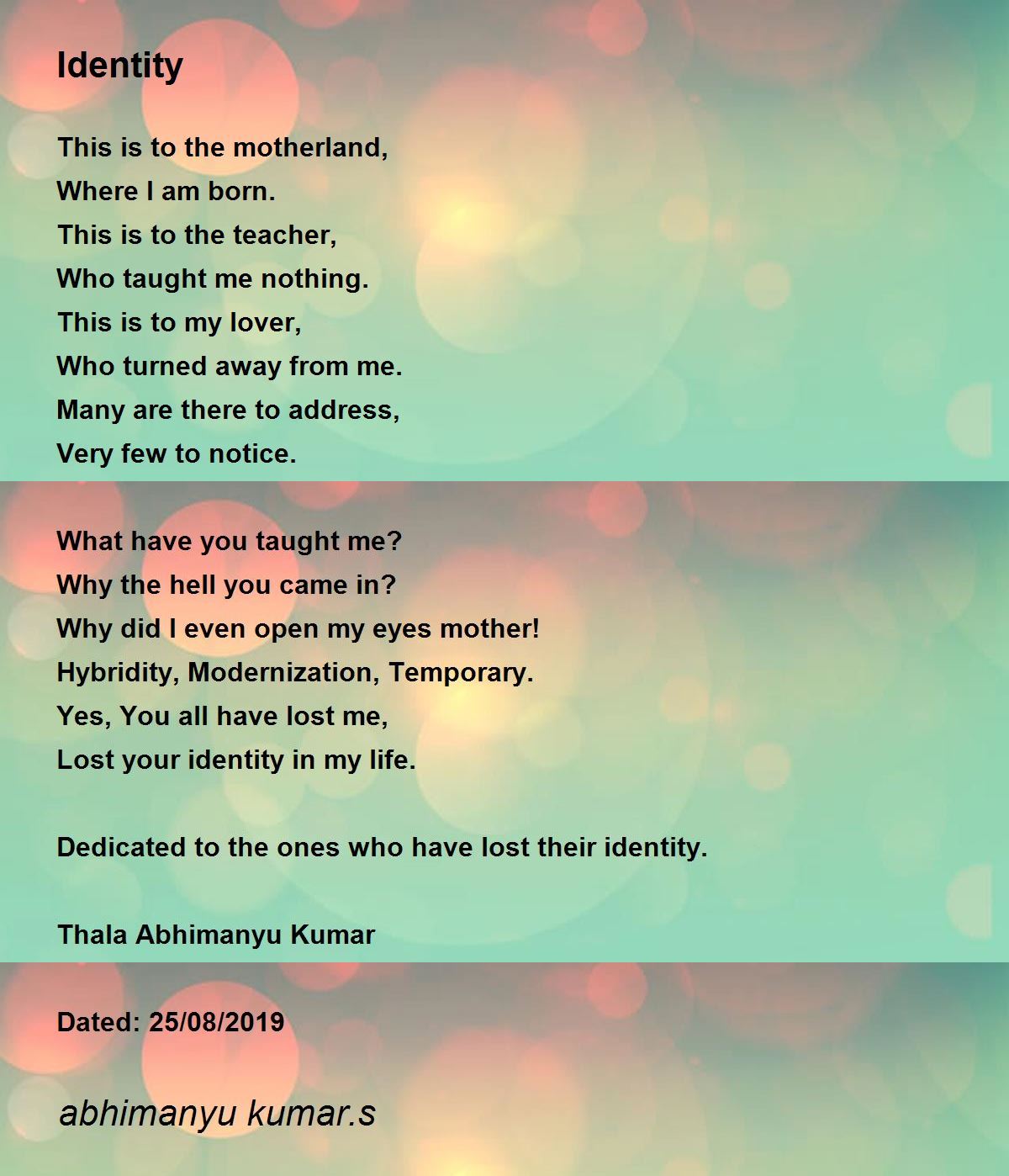

The majority of these figures are named only through extreme periphrasis. There are two hundred and fifty lines of introductory ritual cursing of Ibis, including an extensive description of his ill-omened birth, followed by a further nearly four hundred lines of catalogue in which Ovid wishes on Ibis the fates suffered by mythological and historical figures, citing one or more per couplet. 6 In fact, the decoding of exempla is an integral part of reading the poem, as I hope to show howev (.)ĢOvid’s Ibis consists of two main parts.Another, similar, list of favorites, this time compiled by Watson (1991) 79–80, (.) 2 Ovid conceals the name of this enemy under the pseudonym “Ibis,” following in the footsteps of Callimachus, who had also written a curse poem entitled Ibis against an anonymous enemy. If we are to take Ovid’s assertions within the Ibis at face value, the poem was written as an attack against an ex-friend at Rome who had been blackening Ovid’s name in his absence and making hay with his misfortunes. Moreover, we know nothing of the poem’s true context. 1 Its neglect derives primarily from the highly periphrastic and allusive mode in which it is written, for even a casual attempt at reading the poem turns, of necessity, into a prolonged exercise of scholarly research and investigative cross-referencing. The tradition holds that it was composed agains (.)ġThe Ibis, composed during Ovid’s exile, is the red-haired stepchild of Ovidian scholarship.

Scholars may be broken into two camps: the “identity-theorists” (Williams 1996, 20), who (.)




 0 kommentar(er)
0 kommentar(er)
